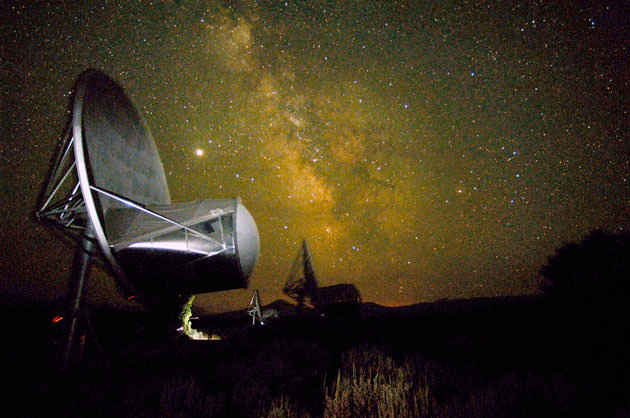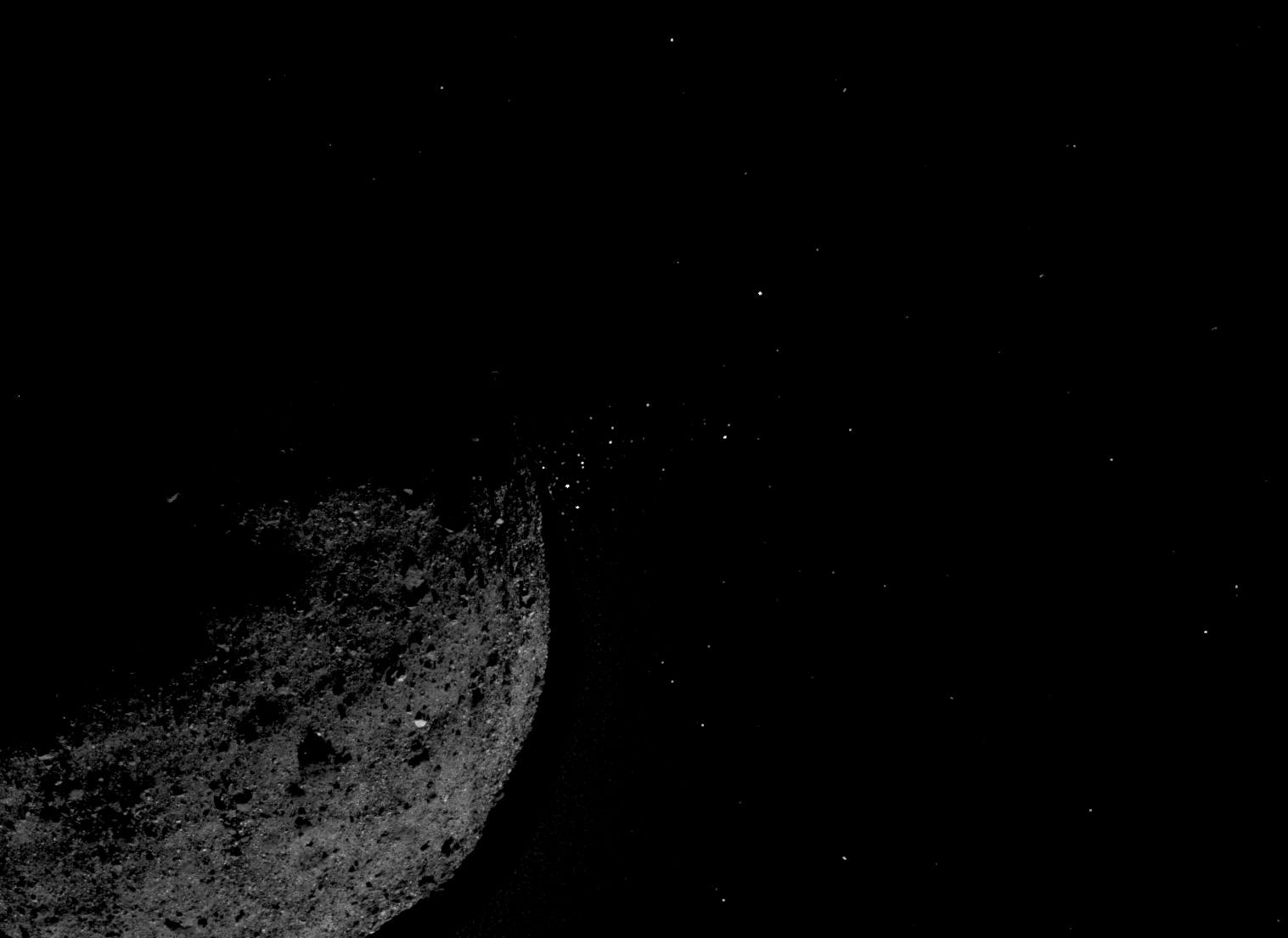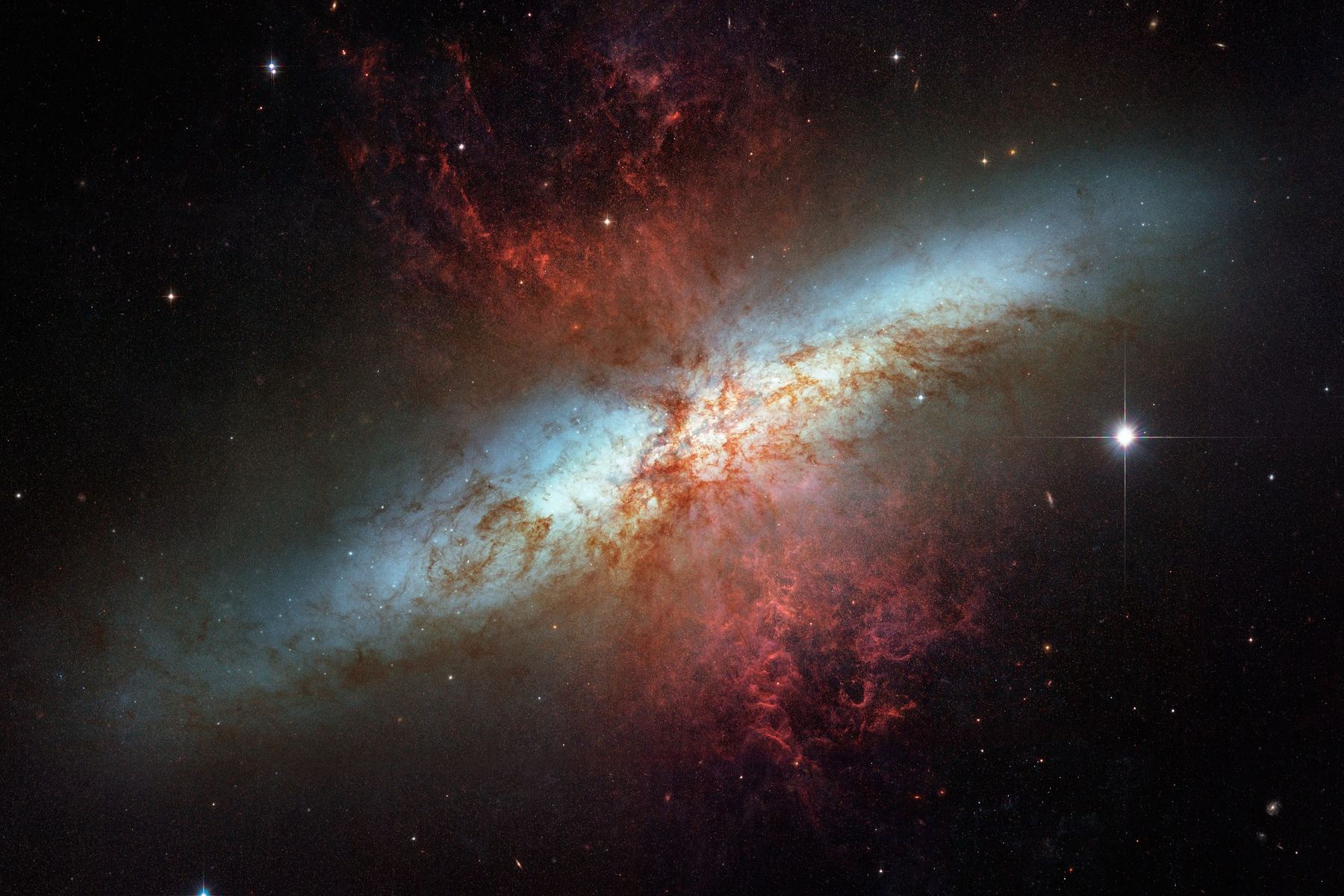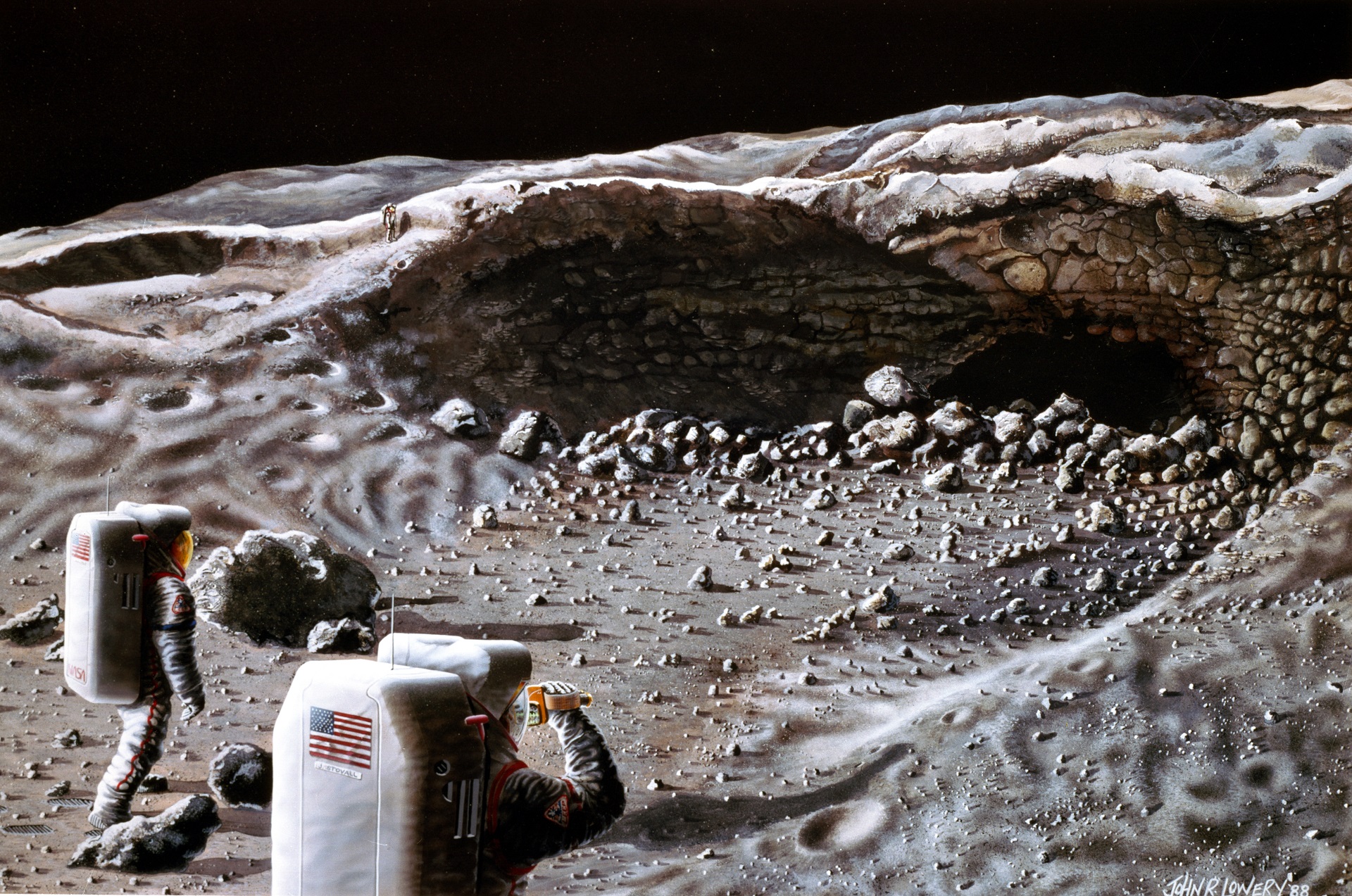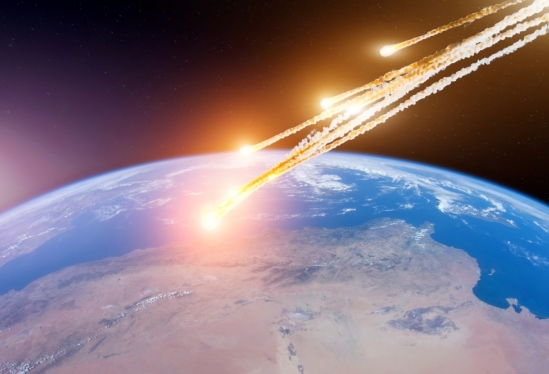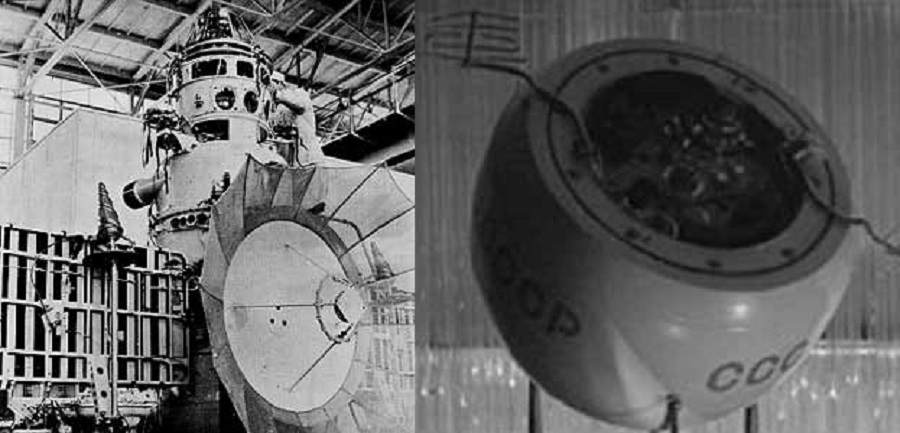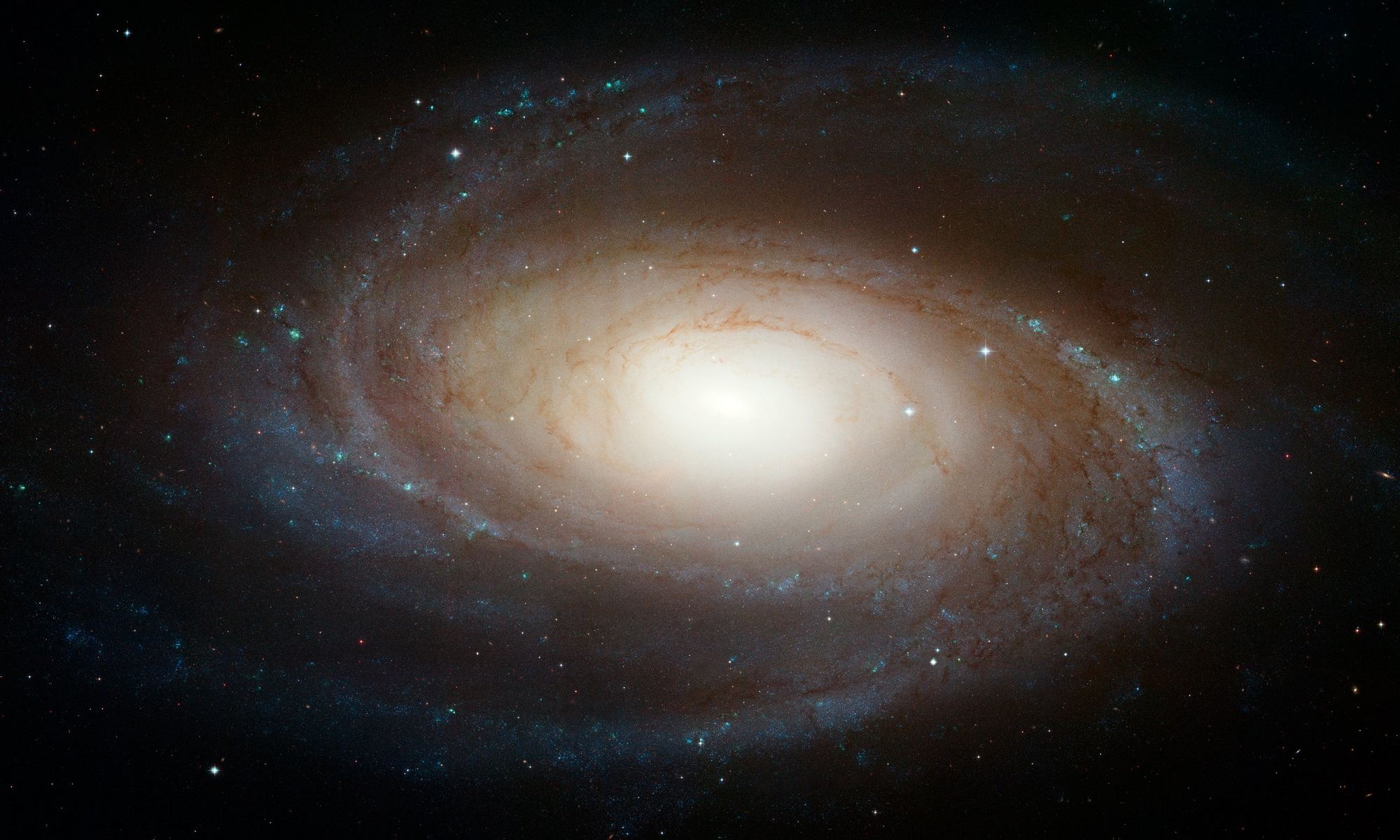The design for SpaceX’s Starship (aka. Big Falcon Rocket) is really starting to come together! Over the holidays, sections of the Starship Hopper (a miniature version of the Starship) were photographed being put together at the company’s South Texas Launch Site. By mid-January, the parts were fully-integrated, forming the body of the stainless-steel prototype that would test the spacecraft’s overall architecture.
What followed, earlier this month, were tests of the Starship’s hexagonal heat shields to determine if they would offer sufficient protection during re-entry. And now, in anticipation of the spacecraft’s eventual launch, SpaceX released an eye-popping new rendering of the Starship that shows what it would look like reentering Earth’s atmosphere.
Continue reading “SpaceX Releases a New Render of What the All-Steel Starship Will Look Like Returning to Earth”

